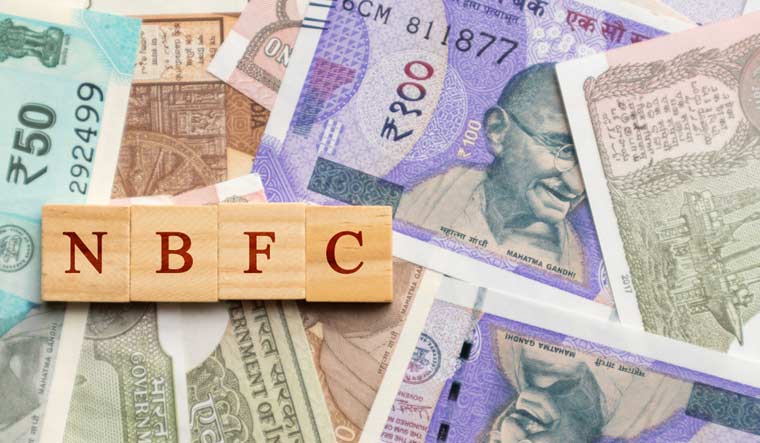The Q1 of the Financial Year 2023 seems to have brought cheer for the Non Banking Financial Companies (NBFCs) and Housing Finance Companies (HFCs) as they witnessed healthy credit demand.
The credit demand resulted in a growth in securitisation (the process in which certain types of assets are pooled so that they can be repackaged into interest-bearing securities) volumes that are now estimated to be in the range of Rs. 33,000 crore for Q1 FY2023, a 90 per cent growth over volumes of Rs. 17,200 crore in Q1 FY2022.
As per ICRA (Investment Information and Credit Rating Agency of India Limited), the key reason for these healthy volumes in Q1 of the current year is the overall macroeconomic stability with no major disruptions which resulted in robust credit growth for NBFCs and HFCs on a Year-on-Year basis.
As per ICRA, during the previous two years, the first quarter of each year was hit by the Covid-19 pandemic resulting in lockdowns and reduced credit demand due to slowdown in economic activities.
“The securitisation volumes witnessed in Q1 FY2023 were almost double the volumes seen in Q1 FY2022. With the growth in credit demand, the disbursements picked up for NBFCs and HFCs in Q4 FY2022 and have remained buoyant in Q1 FY2023 thereby resulting in higher funding requirements which have been partly met through the securitisation of their retail loans", said Abhishek Dafria, Vice President and Group Head - Structured Finance Ratings at ICRA.
He added “Securitisation is a key tool for these companies which will help them diversify the means of funding and broaden their investor base. Furthermore, stable collections across all asset classes have led to higher investors’ confidence and brought them back to the securitisation market.”
As per Dafria, collection efficiencies of NBFCs and HFCs remained healthy over the past 5-6 months with ICRA. “If there are no pandemic-related disruptions, we expect securitisation volume could cross Rs 1.5 lakh crore in FY 2023 as against Rs 1.3 lakh crore in FY2022,” said Dafria.
Similarly, as per a report by Motilal Oswal, there was a healthy disbursement momentum and the Q1 of FY 2023 did not witness any major impact on the margins of many NBFC and HFC firms under their coverage in India. As per the Motilal report, the Q1 of a fiscal year is a seasonally weak quarter both in terms of disbursements as well as asset quality.
However, Q1 FY23 is expected to be slightly different with healthy disbursement momentum across both vehicle as well as housing financiers. The report observes that the deterioration in asset quality (typical of Q1) is also not as pronounced this time around with housing financiers likely to report a sequential improvement in asset quality.
The report highlights that though the incremental cost of borrowings went up by 30-50bp, many of the NBFCs and HFCs were already carrying high liquidity on their balance sheets. Experts from Motilal Oswal observe that driven by healthy disbursements and a low base of Q1 FY22, the AUM growth for the NBFCs/HFCs is expected to be healthy in Q1 FY23.
However, there are concerns among the NBFCs and HFCs about a possible impact on future demand due to a projected (further) increase in the repo rates over the next six months.





